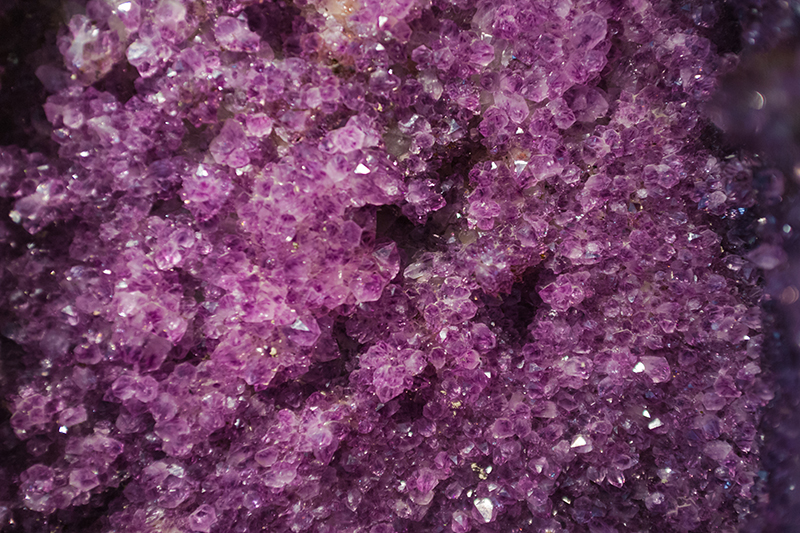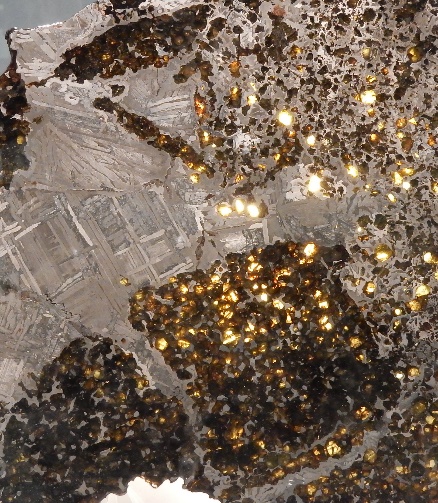National Museums Northern Ireland
| Everything on Earth is made from about 90 elements of the Periodic Table which, in 2019, celebrated 150 years since first published by Dmitri Mendeleev. But the iconic arrangement of the elements first conceived by Mendeleev is far more than just a neat pattern of rows and columns. It contains clues to the very nature of atoms and how they interact in chemical reactions. |  |
Few people, even museum curators, ever consider the chemistry of everyday objects. There is just one exhibition anywhere in the UK or Ireland, and probably beyond, that does this – and it’s closer than you think. So take a visit to The Elements: From Actinium to Zirconium at the Ulster Museum. You’ll discover things about the elements that you never could have imagined. And it’s free!
Behind the museum’s public displays are objects with particularly fascinating tales to tell. Choose a career in chemistry research, in a national museum or a university, and you might be the one to unlock some of these secrets.
| It cost $28 billion (= $250 billion today) to send astronauts to the Moon and bring back rock samples for us to study. But thousands of rock samples from Space, delivered to Earth for free, can be found in museum collections around the world. They are meteorites and they represent samples of other worlds almost unaltered from the early days of the Solar System. |
Seymchan meteorite slice |
The elements found within meteorites are no different from those on Earth but analysing the minerals and metal alloys of which they are made can tell us of the chemical and physical processes that created them. It tells us that the early Solar System was a strange place. Hundreds of planets (not just eight) once orbited the Sun. Many were molten for the first few million years. Some contain mineral grains that were formed in stars even before our own Sun existed. A few contain amino acids; are they evidence for life, or just the ingredients for life? Meteoriticists (not meteorologists – they study the weather) use some of the most cutting-edge analytical techniques and there can be few areas of chemistry more fascinating than the study of meteorites.


